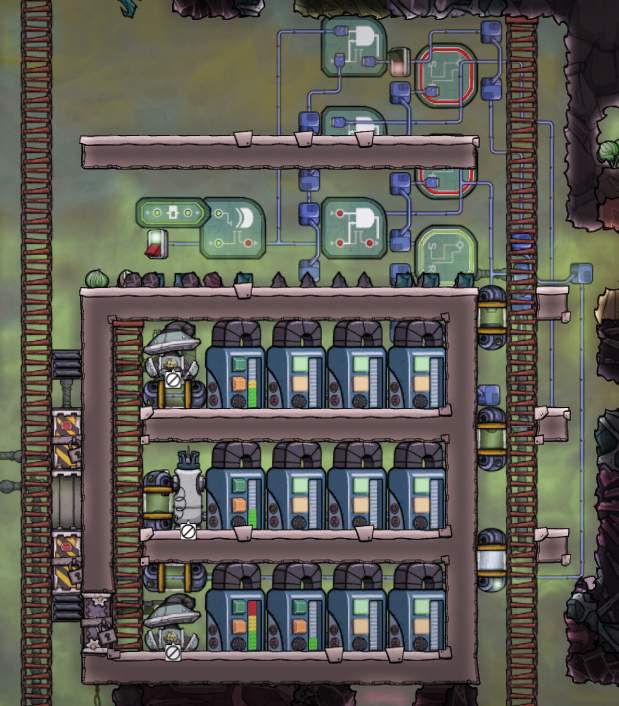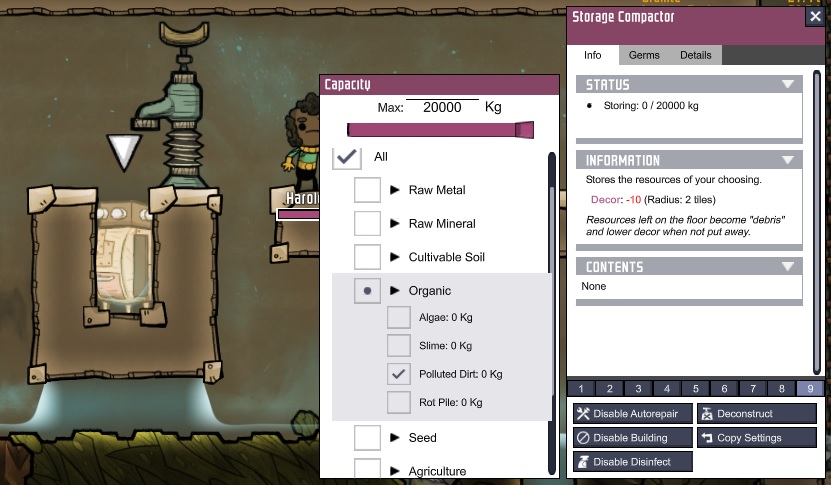


Water comprises approximately 95–99% of cleaning and sanitizing solutions.

The standard test organisms used are Staphylococcus aureus and Escherichia coli. The official definition for non-product contact surfaces requires a contamination reduction of 99.9% (3 logs). The official definition (Association of Official Analytical Chemists) of sanitizing for food product contact surfaces is a process which reduces the contamination level by 99.999% (5 logs) in 30 sec. Sanitize refers to the reduction of microorganisms to levels considered safe from a public health viewpoint.Īppropriate and approved sanitization procedures are processes, and, thus, the duration or time as well as the chemical conditions must be described.Disinfect refers to inanimate objects and the destruction of all vegetative cells (not spores).Sterilize refers to the statistical destruction and removal of all living organisms.It is important to differentiate and define certain terminology: Requires total disassembly for cleaning and inspection. Can be partially disassembled and cleaned in specialized COP pressure tanks. Requires no disassembly or partial disassembly. Often referred to as clean-in-place (CIP). Cleaning MethodsĮquipment can be categorized with regard to cleaning method as follows: It is important that personnel involved have a working understanding of the nature of the different types of food soil and the chemistry of its removal. The correct order of events for cleaning/sanitizing of food product contact surfaces is as follows:Ĭleaning is the complete removal of food soil using appropriate detergent chemicals under recommended conditions. Adherence to prescribed written procedures (inspection, swab testing, direct observation of personnel) should be continuously monitored, and records maintained to evaluate long-term compliance. Necessary equipment (brushes, etc.) must also be clean and stored in a clean, sanitary manner.Ĭleaning/sanitizing procedures must be evaluated for adequacy through evaluation and inspection procedures. It is important that the clean, sanitized equipment and surfaces drain dry and are stored dry so as to prevent bacteria growth. The objective of cleaning and sanitizing food contact surfaces is to remove food (nutrients) that bacteria need to grow, and to kill those bacteria that are present. The type of cleaning required must also be identified. Detailed procedures must be developed for all food-product contact surfaces (equipment, utensils, etc.) as well as for non-product surfaces such as non-product portions of equipment, overhead structures, shields, walls, ceilings, lighting devices, refrigeration units and heating, ventilation and air conditioning (HVAC) systems, and anything else which could impact food safety.Ĭleaning frequency must be clearly defined for each process line (i.e., daily, after production runs, or more often if necessary). Since cleaning and sanitizing may be the most important aspects of a sanitation program, sufficient time should be given to outline proper procedures and parameters. Background Cleaning and Sanitizing Program Before treating, let any suspended particles settle to the bottom or strain them through coffee filters or layers of clean cloth.This document explains the details of equipment cleaning and sanitizing procedures in food-processing and/or food-handling operations. Often the best solution is a combination of methods. In addition to having a bad odor and taste, contaminated water can contain microorganisms (germs) that cause diseases such as dysentery, cholera, typhoid and hepatitis. Treat all water of uncertain quality before using it for drinking, food washing or preparation, washing dishes, brushing teeth or making ice. If you have used all of your stored water and there are no other reliable clean water sources, it may become necessary to treat suspicious water.

Water that has not been commercially bottled should be replaced every six months. Before filling with chlorinated water, thoroughly clean the containers with dishwashing soap and sanitize the bottles by cleaning with a solution of one teaspoon of non-scented liquid household chlorine bleach to a quart of water. If you must prepare your own containers of water, purchase food-grade water storage containers. Leaders in Business Community Resilienceīuy commercially bottled water and store it in the sealed original container in cool, dark place.Voluntary Organizations Active in Disaster.


 0 kommentar(er)
0 kommentar(er)
